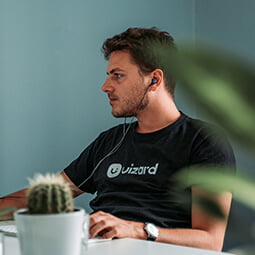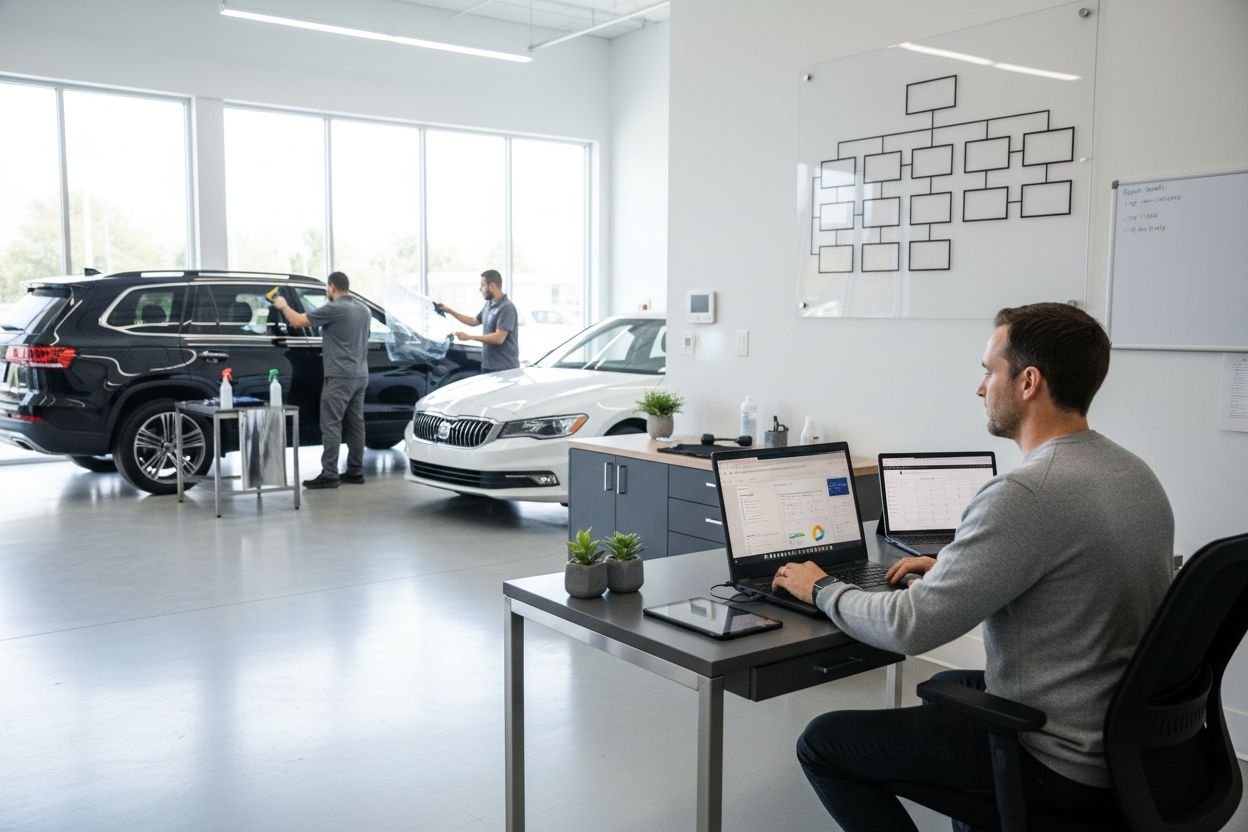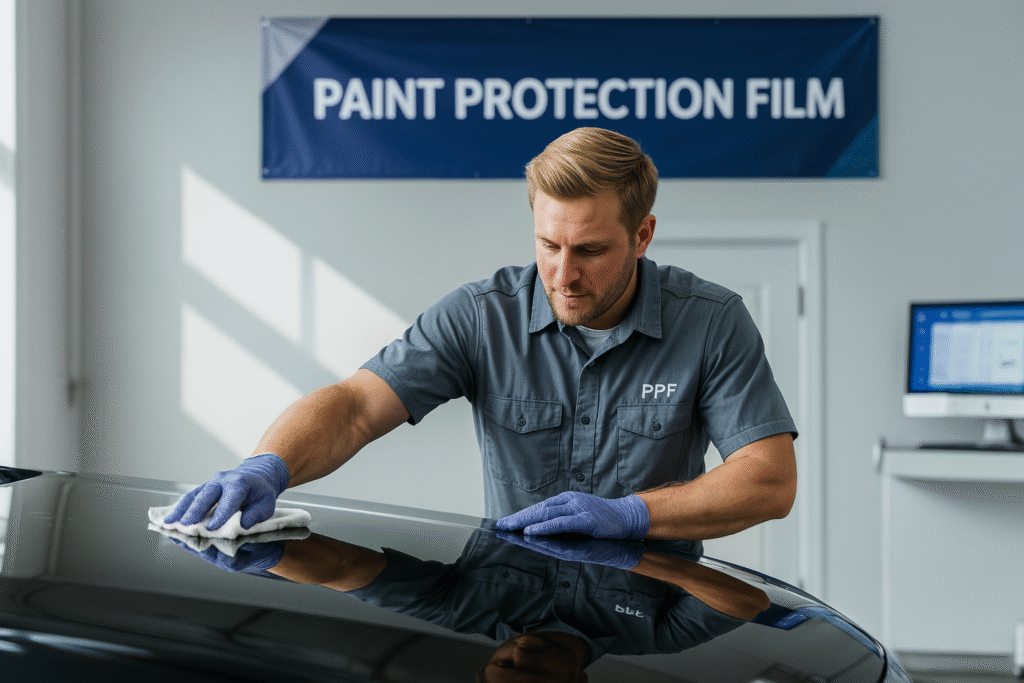

Paint Protection Film keeps cars looking flawless and protects the paintwork from scratches, chips, and environmental hazards. Most installers focus on the shiny finish and technical features. But the crucial waiting period after application—those 48 to 72 hours before washing—can make or break the entire result, and skipping this step is one of the easiest ways to ruin PPF before it even settles. If you want PPF that lasts up to a decade, it pays to look beyond standard cleaning routines and dig into the details that truly matter.
Table of Contents
- Understanding PPF Maintenance Essentials
- Best Cleaning Practices For Paint Protection Film
- Common Mistakes To Avoid When Caring For PPF
- Professional Solutions For PPF Longevity
Quick Summary
| Takeaway | Explanation |
|---|---|
| Prioritise gentle cleaning methods | Use soft microfiber towels and pH-neutral shampoo to prevent damaging the PPF surface. |
| Avoid washing immediately post-installation | Wait 48-72 hours for the adhesive to cure for optimal film adherence. |
| Educate clients about environmental impacts | Advise on shaded parking and regular cleaning to protect PPF from UV and pollutants. |
| Establish a comprehensive maintenance schedule | Regular inspections and systematic cleaning can significantly extend PPF longevity. |
| Seek professional maintenance regularly | Routine professional checks can detect potential issues early and preserve PPF integrity. |
Understanding PPF Maintenance Essentials
Paint Protection Film (PPF) represents a sophisticated solution for vehicle surface preservation, requiring precise and strategic maintenance to ensure optimal performance and longevity. Professional installers understand that maintaining PPF goes far beyond simple cleaning routines.
The Critical Role of Professional Care
Successful PPF maintenance begins with understanding the intricate nature of these protective films. Insights into PPF performance reveal that proper care directly influences the film’s protective capabilities and aesthetic quality. According to Esoteric Detail, professional installers must emphasize the importance of gentle handling and specific maintenance protocols to clients.
The initial post-installation period is particularly critical. Professional research indicates that vehicle owners should avoid washing the car for 48-72 hours after PPF application. This crucial waiting period allows the film’s adhesive to cure completely, ensuring maximum adherence and preventing potential damage during early maintenance stages.
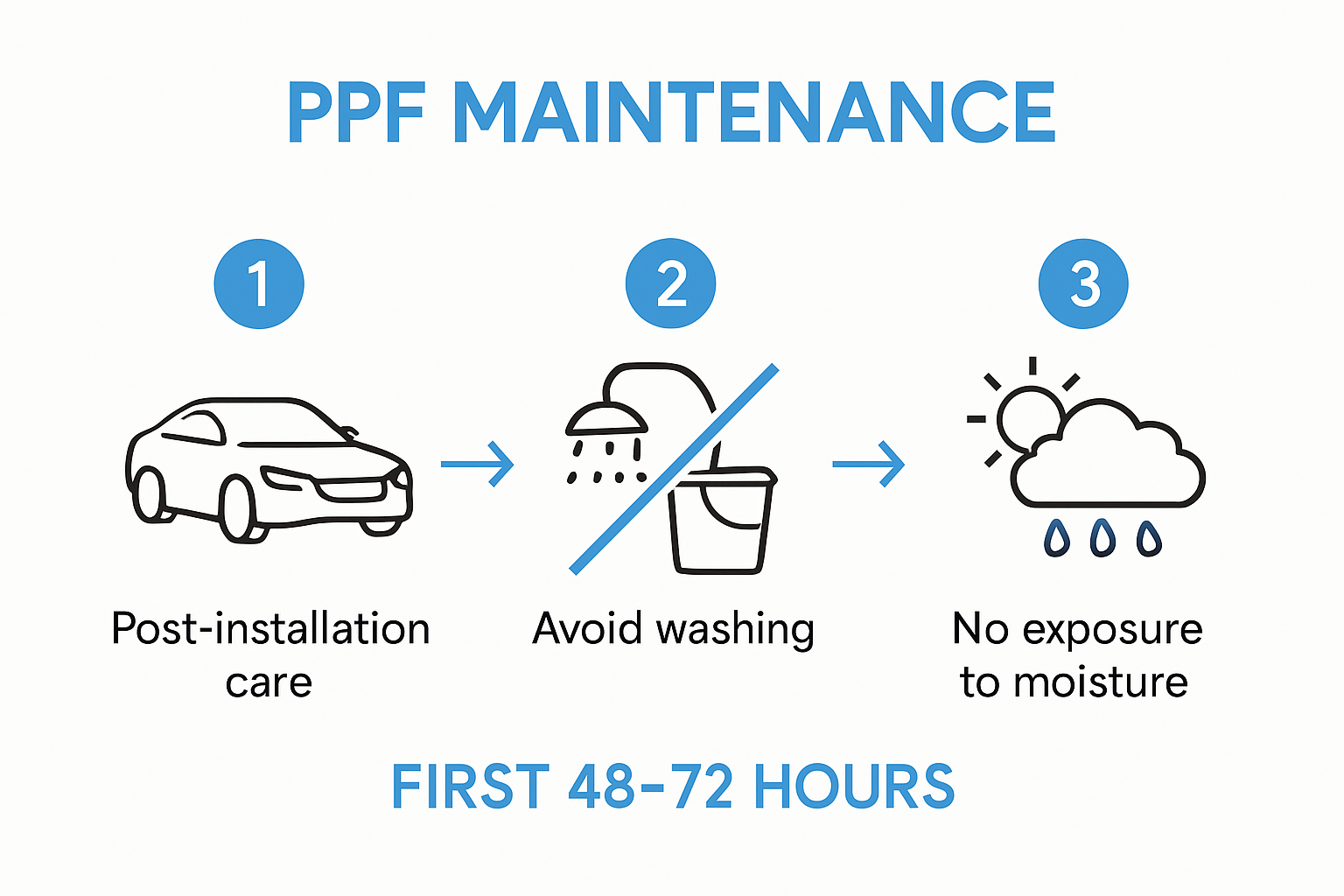
Environmental Considerations in PPF Maintenance
Environmental factors significantly impact PPF durability. The Project 3 highlights that exposure to extreme temperatures, UV radiation, and atmospheric contaminants can compromise film integrity. Professional installers must educate clients about strategic parking and protective measures.
Key environmental maintenance strategies include:
- UV Protection: Recommend parking in shaded areas or using car covers to minimize direct sunlight exposure.
- Temperature Management: Advise clients about potential film stress during extreme temperature fluctuations.
- Contamination Prevention: Emphasize regular cleaning to remove potentially damaging environmental pollutants.
Washing and Cleaning Techniques
Maintaining PPF requires specialised washing techniques that differ from standard vehicle cleaning procedures. Exquisite Auto Spa recommends using pH-neutral car wash products and soft microfiber mitts to prevent potential film degradation.
Professional installers should guide clients to:
- Use only soft, clean microfiber towels for cleaning
- Select pH-neutral car shampoo specifically designed for PPF
- Avoid automatic car washes with aggressive brushes
- Employ gentle hand-washing techniques
- Rinse thoroughly to remove all cleaning product residues
By implementing these comprehensive maintenance strategies, professional installers can help clients maximize their PPF investment, ensuring long-lasting protection and aesthetic appeal for their vehicles.
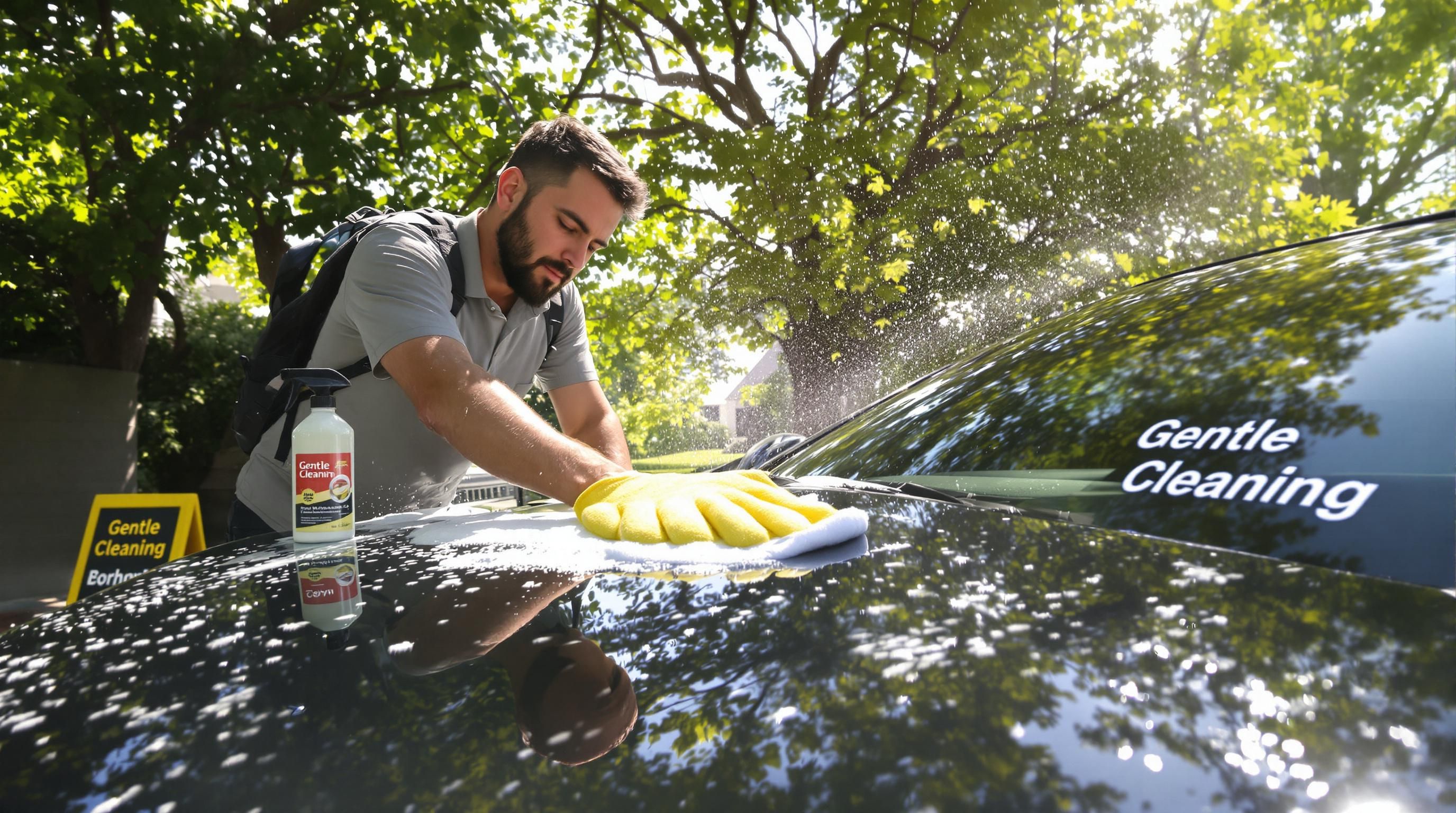
Best Cleaning Practices for Paint Protection Film
Professional installers understand that maintaining paint protection film (PPF) requires precision and specialized techniques far beyond standard vehicle cleaning methods. How PPF technology works directly influences the approach to cleaning and preserving these advanced protective surfaces.
Selecting the Right Cleaning Tools and Materials
Choosing appropriate cleaning equipment is fundamental to PPF maintenance. According to 3M’s professional guidelines, specific tools and materials are critical for preserving film integrity. Professional installers should recommend:
- Microfiber Towels: Soft, lint-free cloths that prevent surface scratching
- pH-Neutral Automotive Shampoo: Gentle cleaning agents specifically designed for protective films
- Soft Wash Mitts: Microfiber or lambswool mitts that minimize potential surface abrasion
The Works Auto Center emphasizes the importance of avoiding harsh cleaning materials that could compromise the film’s protective properties. Abrasive sponges, rough brushes, and aggressive chemical cleaners can cause significant damage to the delicate PPF surface.
Specialized Cleaning Techniques
Below is a table outlining the recommended step-by-step cleaning process for PPF maintenance, designed to help installers and clients achieve optimal film longevity and appearance.
| Step | Action | Products/Tools |
|---|---|---|
| 1 | Rinse vehicle thoroughly | Clean water only |
| 2 | Wash with pH-neutral shampoo using gentle motions | Microfiber wash mitt, pH-neutral shampoo |
| 3 | Clean in straight, gentle motions | Microfiber mitt |
| 4 | Rinse completely | Clean water only |
| 5 | Dry gently | Soft microfiber towel |
Professional installers should advise clients to address contaminants quickly. Bird droppings, tree sap, and road tar can potentially etch or stain the film if left untreated. Immediate, gentle removal using specialized detailing products is crucial.
Avoiding Common Maintenance Mistakes
Critical maintenance considerations can significantly extend PPF longevity. Professionals must educate clients about potential pitfalls:
- Avoid automatic car washes with aggressive brushes
- Do not use citrus-based or acidic cleaning products
- Prevent direct application of ceramic coatings without manufacturer consultation
- Minimize exposure to extreme temperatures during cleaning
By implementing these precise cleaning practices, professional installers can help clients maintain their paint protection film’s appearance, transparency, and protective capabilities. Consistent, careful maintenance ensures the PPF continues performing at its highest potential, protecting vehicle surfaces from environmental challenges.
Common Mistakes to Avoid When Caring for PPF
Maintaining paint protection film (PPF) requires precision and expertise. Professional installers must educate clients about critical errors that can compromise the film’s protective capabilities. Understanding PPF technology is fundamental to preventing costly maintenance mistakes.
Improper Cleaning Techniques
Cleaning errors represent the most common threats to PPF integrity. According to Detail Geeks, professional installers must warn clients about specific cleaning pitfalls:
- Abrasive Materials: Avoid scrubbing brushes, rough sponges, or harsh cleaning tools that can scratch the film’s delicate surface
- Chemical Damage: Prevent using strong solvents or non-specialized cleaning products
- Incorrect Washing Methods: Steer clear of automatic car washes with aggressive cleaning mechanisms
Terminax emphasizes that inappropriate cleaning can cause significant film degradation, including loss of clarity, discoloration, and premature peeling. Professional installers must provide clients with detailed guidance on gentle, specialized cleaning techniques.
Pressure Washing and Environmental Risks
The following table summarises key precautions for pressure washing PPF and mitigating environmental risks, helping prevent common causes of film damage.
| Risk Area | Recommended Precaution | Why It Matters |
|---|---|---|
| Pressure Washing | Keep 12-inch minimum distance; avoid high pressures at edges; use low settings; avoid jet nozzles | Prevents lifting, peeling, film damage |
| UV Exposure | Park in shaded areas or use covers | Reduces degradation, fading |
| Chemical Contaminants | Remove bird droppings/tree sap promptly | Prevents etching, staining |
| Temperature Extremes | Avoid cleaning in very hot/cold conditions | Reduces risk of film stress/cracks |
Environmental factors also pose significant risks. Prolonged exposure to extreme temperatures, direct sunlight, and harsh chemical contaminants can compromise PPF performance. Professional installers should advise clients about:
- Parking in shaded areas
- Prompt removal of bird droppings and tree sap
- Using protective covers during extended outdoor storage
Neglecting Professional Maintenance
Perhaps the most critical mistake is complete neglect of professional maintenance. Regular professional inspection ensures:
- Early detection of potential film damage
- Identification of subtle degradation signs
- Proactive maintenance to extend PPF lifespan
Professional installers must communicate that PPF is not a permanent, maintenance-free solution. Regular care, gentle cleaning, and periodic professional assessments are essential to maintaining the film’s protective qualities and aesthetic appearance.
By understanding and avoiding these common mistakes, vehicle owners can significantly extend the life and effectiveness of their paint protection film, preserving their vehicle’s appearance and value.
Professional Solutions for PPF Longevity
Paint Protection Film (PPF) represents a significant investment for vehicle owners, and professional installers play a crucial role in maximizing its longevity and performance. Understanding PPF lifespan insights provides the foundation for implementing comprehensive maintenance strategies.
Comprehensive Maintenance Schedules
Professional maintenance requires a systematic approach to PPF care. According to Autoplex Restyling Centers, a strategic maintenance schedule is critical for preserving PPF integrity:
- Weekly Routine: Quick rinses and visual inspections
- Monthly Maintenance: Full wash using PPF-specific shampoo
- Quarterly Service: Professional decontamination and sealant application
- Annual Deep Clean: Comprehensive treatment with UV protection renewal
To guide both installers and vehicle owners, the below table summarises the recommended professional PPF maintenance schedule and its benefits for each interval.
| Interval | Maintenance Action | Purpose/Benefit |
|---|---|---|
| Weekly | Quick rinse & visual inspection | Remove light contaminants & spot issues |
| Monthly | Full wash with PPF shampoo | Deep clean to maintain film clarity |
| Quarterly | Professional decontamination & sealant application | Prevent build-up; restore protection |
| Annually | Comprehensive deep treatment & UV protection renewal | Long-term film durability & UV defence |
This structured approach can prevent up to 90% of common PPF issues, offering a cost-effective solution for long-term vehicle protection. Professional installers must educate clients about the importance of consistent, professional-grade maintenance.
Quality and Installation Considerations
PPF Authority emphasizes that PPF longevity depends on multiple critical factors:
- Film Quality
- Professional Installation
- Ongoing Maintenance
High-quality Paint Protection Film can last between 5 to 10 years when properly maintained. Key considerations include:
- Selecting premium PPF brands with self-healing properties
- Ensuring precise, professional installation
- Using hydrophobic film technologies
- Implementing regular professional inspections
Professional Maintenance Strategies
Prestige Auto Armor highlights the critical role of professional expertise in PPF maintenance. While DIY approaches exist, professional intervention provides the most comprehensive protection:
- Conduct thorough visual inspections
- Use specialized cleaning and protection products
- Apply professional-grade sealants
- Provide expert recommendations for environmental protection
Professional installers must communicate that PPF is not a set-it-and-forget-it solution. Continuous care, expert assessment, and proactive maintenance are essential to preserving the film’s protective capabilities and aesthetic appeal.
By implementing these professional solutions, installers can help vehicle owners maximize their PPF investment, ensuring long-lasting protection against environmental challenges and maintaining the vehicle’s pristine appearance.
Frequently Asked Questions
How long should I wait to wash my vehicle after PPF installation?
You should wait 48 to 72 hours after the PPF installation to wash your vehicle. This waiting period allows the adhesive to cure completely, ensuring maximum adherence of the film.
What cleaning products are safe to use on Paint Protection Film (PPF)?
Use pH-neutral car wash shampoo specifically designed for PPF. Avoid using harsh chemicals or abrasive materials, as these can damage the film’s surface.
How often should I clean my PPF?
You should aim to clean your PPF weekly with a gentle rinse and monthly with a full wash using PPF-specific products. Regular maintenance will help preserve the film’s clarity and protective qualities.
What common mistakes should I avoid when caring for my PPF?
Avoid using automatic car washes with aggressive brushes, citrus-based cleaning products, and neglecting professional maintenance. These practices can lead to film damage and reduce its lifespan.
Upgrade Your PPF Maintenance Results with Precision Pre-cut Solutions
Every installer wants to see their paint protection film jobs last for years and stand out for quality, but you have likely faced the frustration of film lifting, uneven edges, and wasted materials. The article highlighted how critical precise application, correct waiting periods, and careful ongoing care are for long-lasting, flawless PPF results. Using the right tools from the start makes all the difference in how easy it is to maintain and deliver those high professional standards.
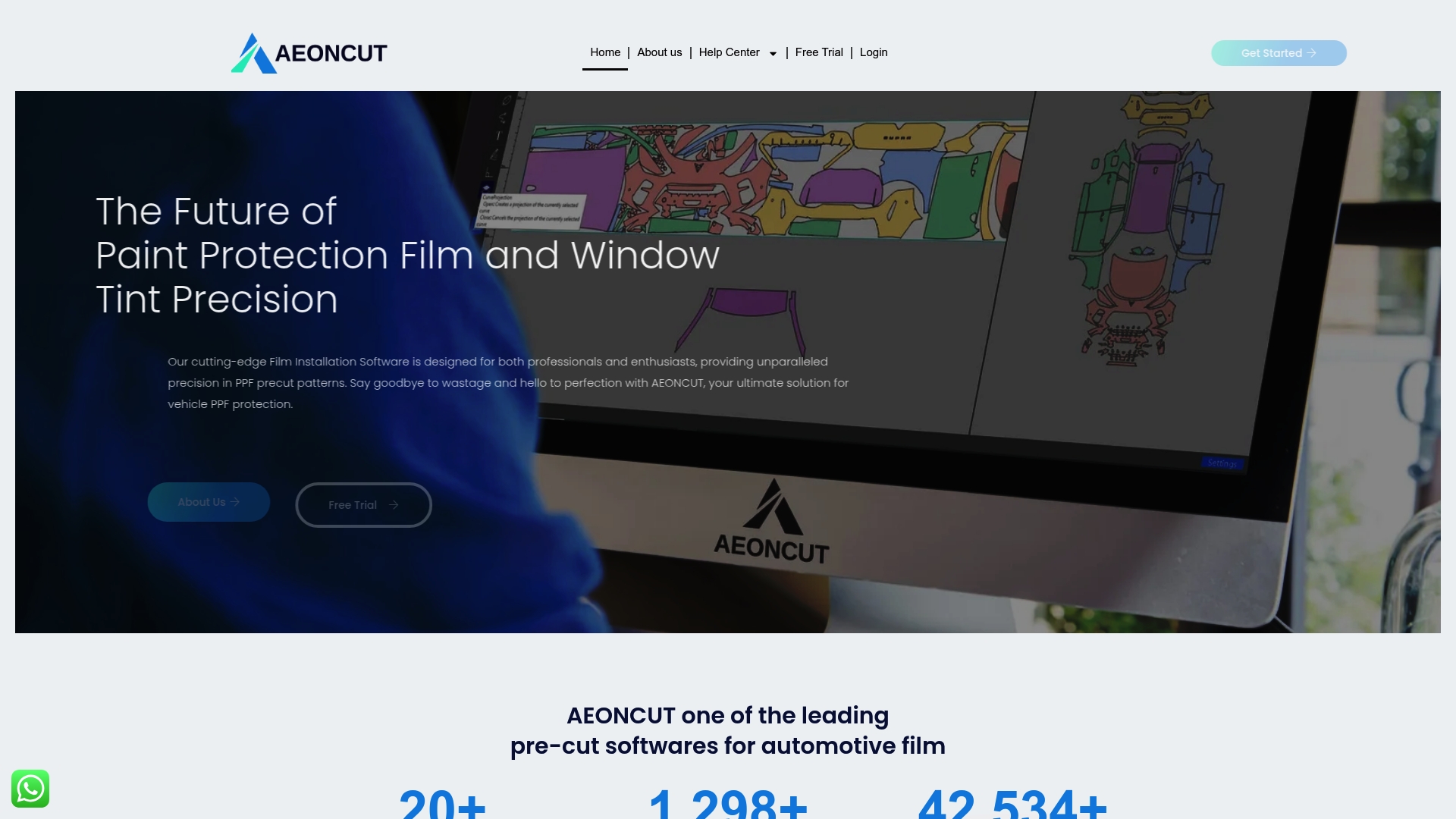
Take the next step to ensure perfect outcomes for every project with Paint Protection Film – AEONCUT PPF Pre-cut Cutting software. With AEONCUT, you gain access to a vast pattern library, advanced auto-nesting for minimal waste, and time-saving support features that make installation straightforward and maintenance much easier for your clients. Visit https://aeoncutsw.com now and experience the ease of working with high-precision pre-cut PPF solutions. Elevate your reputation and deliver the best care for every vehicle – do not let film performance slip due to outdated cutting or fitting methods.
Recommended
- PPF for Motorcycles: 2025 Guide for Installers & Detailers – AEONCUT PPF Pre-cut Cutting software
- Understanding Paint Protection Film Lifespan: Insights for Professionals 2025 – AEONCUT PPF Pre-cut Cutting software
- How Does PPF Work? Guide for Car Care Pros 2025 – AEONCUT PPF Pre-cut Cutting software
- PPF Cutting Software: Essential Guide for Installers 2025 – AEONCUT PPF Pre-cut Cutting software
